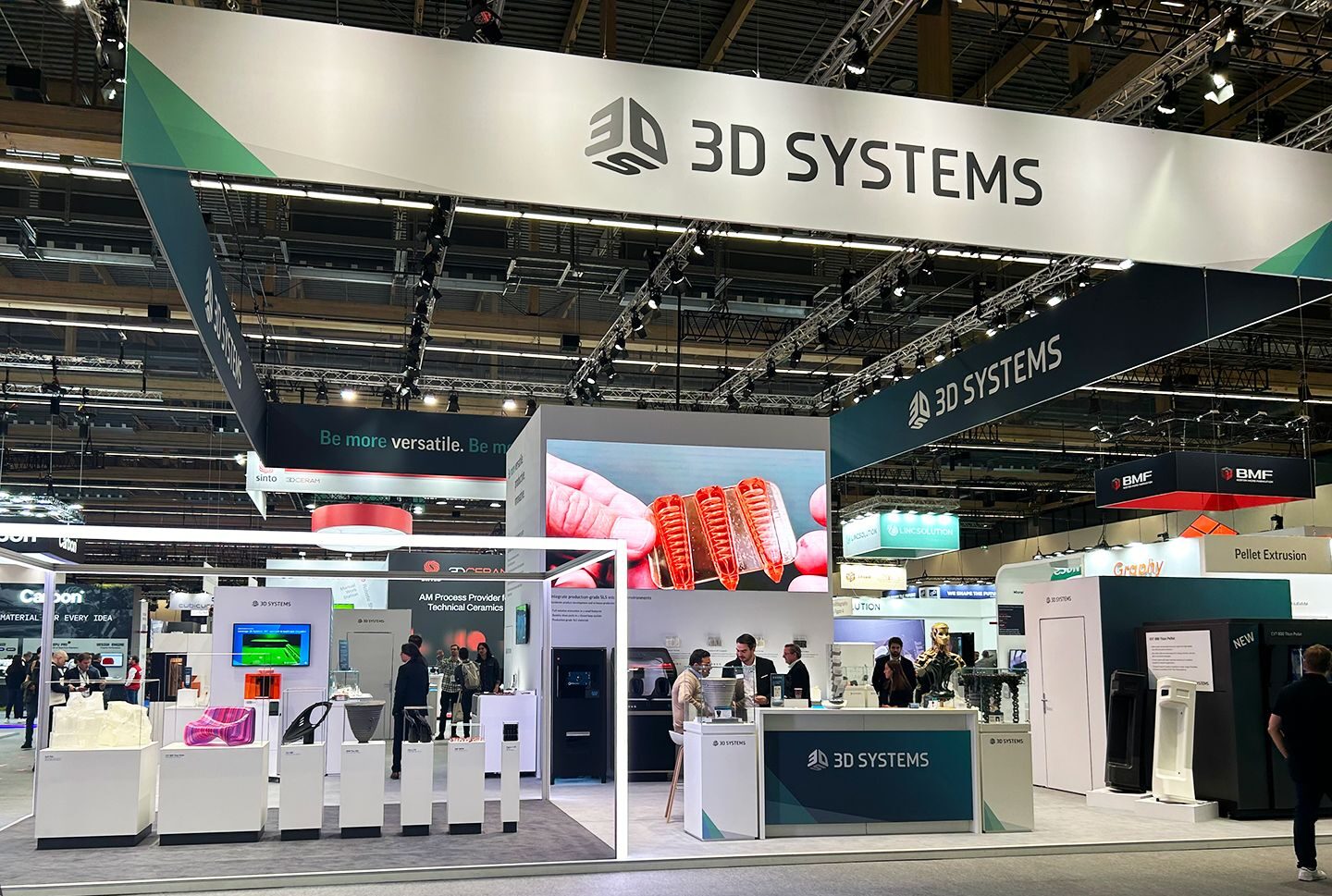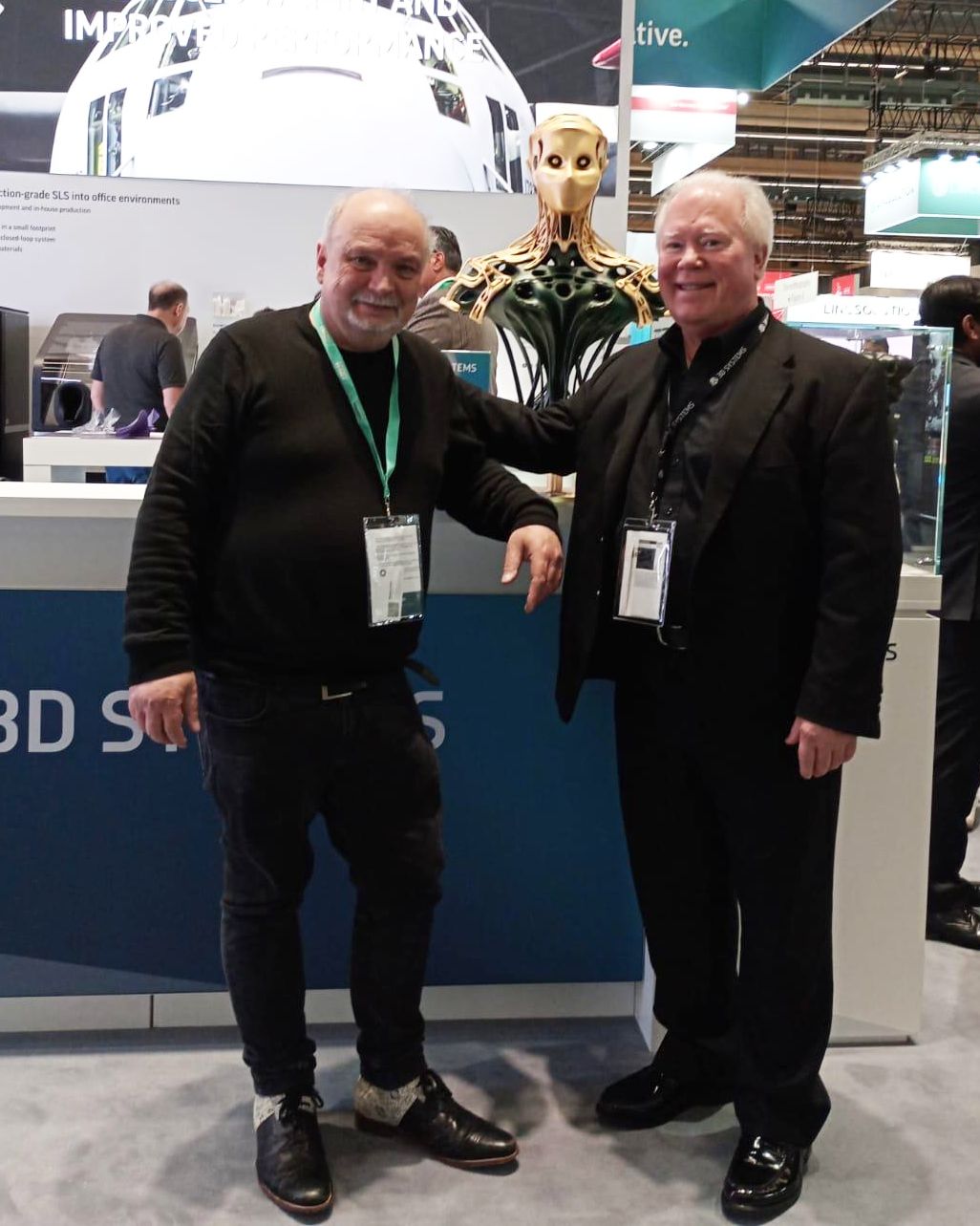After a challenging year for the industry, 3D Systems (NYSE: DDD) ended 2024 with results pointing to a reset, laying the groundwork for future profitability. The company didn’t post strong growth or return to profitability. Instead, it focused on tightening operations, investing in new products, and building a clearer strategy. This matters more after a year when hardware sales were down across the industry.
Path to Recovery
The company ended 2024 with $440 million in revenue, roughly 10% less than the year before. The drop in revenue was expected, but it’s worth noting that nearly $9 million was cut from the total due to an unexpected accounting change late in the year. This adjustment was tied to 3D Systems’ regenerative medicine program with United Therapeutics.
Late in the year, the companies expanded their pre-clinical testing to include studies on deceased human donors. Because of the shift in testing methods, some project steps previously counted as “complete” were no longer considered finished under accounting rules. That meant 3D Systems couldn’t recognize the related revenue yet, even though the work had already been done. As a result, 3D Systems had to remove that portion from its 2024 revenue total.
Even without the accounting adjustment, 2024 was already a difficult year for 3D Systems. Sales were slow across healthcare and industrial segments for most of the year, with cautious capital spending holding back new orders.
3D Systems operates two main business segments: Healthcare Solutions and Industrial Solutions. The healthcare segment saw an 11% decline compared to the previous year, mainly due to weaker printer sales. Meanwhile, the industrial side dropped 9%, though it showed signs of improvement in the fourth quarter, driven by stronger demand in aerospace, defense, and service contracts.
But there were silver linings. Despite the drop in hardware demand, consumables sales held up well. That’s a good sign, indicating customers are still actively using the machines they already own.
A Year of Quiet Innovation
Even as revenue declined, 3D Systems kept innovating, launching dozens of new products. In fact, the company describes 2024 as a “historic year of innovation.” In healthcare, the team received U.S. Food and Drug Administration (FDA) clearance for its jetted denture technology and expanded its presence in the dental market, including in aligners and nightguards.
On the industrial side, the company worked with Daimler Truck to show how 3D printing can be used to locally produce spare parts safely. According to 3D Systems, this could tap into an $8 billion opportunity in the trucking industry alone.
These kinds of partnerships are part of a bigger strategy. 3D Systems has been steadily investing in R&D, believing that offering a wide range of 3D printing technologies and deep expertise in how they’re used will give it a long-term edge.
Alongside new product development, the company is working to lower expenses. After several rounds of restructuring in recent years, the company launched a fresh cost-cutting plan at the start of 2025. The goal is to save more than $50 million annually over the next six quarters.
The company is taking several steps to reduce costs, including insourcing manufacturing to cut logistics expenses, cutting its number of facilities by more than half, and tightening administrative work. It’s also working to lower vendor spending by replacing contractors with full-time staff. About $5 million in savings has already been secured during the first quarter of this year. Moreover, these moves are expected to lead to significant annual savings and help improve gross margins over time.
Profit is Still Elusive
Adjusted EBITDA (earnings before interest, taxes, depreciation, and amortization) for 2024 was a loss of $66.4 million, larger than in 2023. The fourth quarter alone saw a loss of $19.1 million. Still, the company expects adjusted EBITDA to improve every quarter in 2025 and aims to hit break-even or better by year’s end.
Gross margins were greatly affected by the accounting change tied to the company’s regenerative medicine program. Excluding that impact, margins were stronger, suggesting they could improve if sales volumes pick up.
The company ended the year with $171 million in cash and repurchased more than half its 2026 convertible debt by year-end. This move reduced its financial obligations at a discount.
Plus, there is more cash coming in. In April 2025, the company completed the $123 million sale of its Geomagic software platform. The platform was sold to Swedish software giant Hexagon AB as part of 3D Systems’ plan to streamline its operations and focus on its core additive manufacturing business.
Stabilizing
For 2025, 3D Systems is projecting essentially flat to modest revenue growth after adjusting for the completed Geomagic sale. The company expects full-year revenue to be between $420 million and $435 million and aims to reach break-even or better-adjusted EBITDA by the fourth quarter.
Margin improvement and tighter cost control will be key indicators to watch. If those continue to improve—and if the company’s new products start to gain traction—3D Systems could be laying the groundwork for more stable performance.
As CEO Jeffrey Graves told investors during an earnings call, “With our new products now gaining traction in the market, our focus is increasingly centered on driving gross margin expansion and operating expense improvements in the face of continuing uncertainty in the global markets.”
3D Systems is gearing up to showcase its latest developments at the RAPID + TCT trade show in Detroit this week, where it plans to debut its new Figure 4 135 printer. Designed for high-mix, low-volume polymer production, the platform targets specialized applications like electrical connectors—part of what the company sees as a $90 billion market. The strategy is to tackle parts too complex or uneconomical to produce using traditional injection molding, offering a full solution that combines hardware, specialty materials, and workflow software.
Graves concludes that these launches are part of a broader plan to pair innovation with tighter operational control, “in order to maintain support for innovation at this pace. We recognize the additional actions we must take to improve overall profitability.” That includes a new cost-reduction program aiming for over $50 million in annual savings by mid-2026.








Leave a Comment